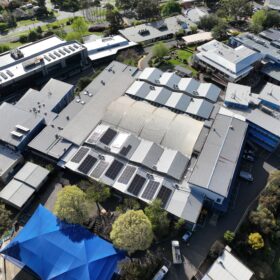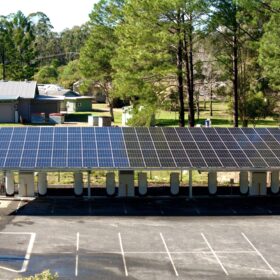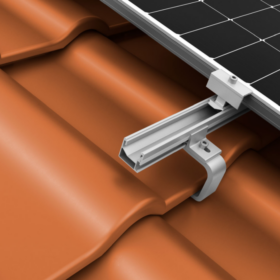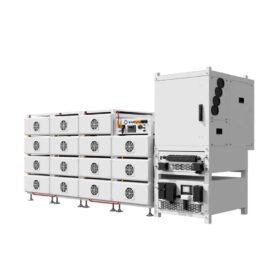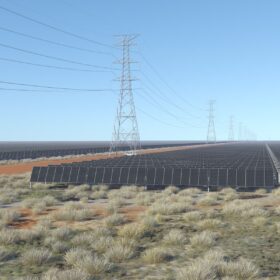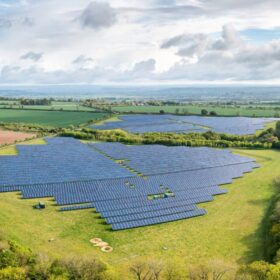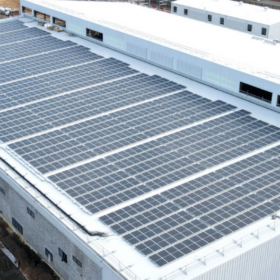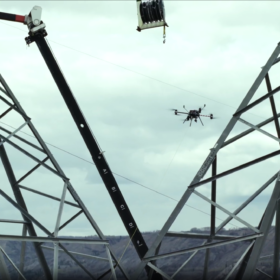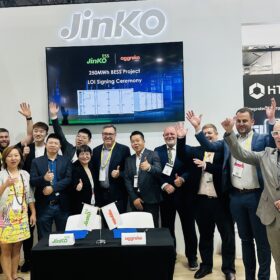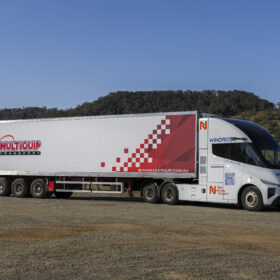Real-time monitoring makes most of rooftop PV
An expanded 199 kW rooftop solar system and energy management system featuring 14 power meters is helping a Victorian college slash its annual energy costs with projections tipping savings of more than $21,000 per annum.
Zen gets federal green light for solar and battery project
Zen Energy’s plan to build a 100 MW solar project and 200 MW battery with up to eight hours of storage capacity in southeast Queensland has been waved through the federal environmental approvals process.
Tesla unveils 80 kW solar canopy at new EV charging site
Tesla has unveiled its largest electric vehicle charger solar canopy in Australia, pulling the wraps off an 80 kW PV array alongside the Pacific Highway in northern New South Wales.
K2 Systems unveils new pitched roof mounting solutions
K2 Systems has introduced two new pitched roof mounting components for residential solar: the SingleHook 3S Light, made of aluminum and stainless steel; and the InsertionRail 2.0, an aluminum mounting rail.
Deye launches C&I power conversion system with battery storage
Deye has developed a new power conversion system optimised for solar integration, with modules ranging from 100 kW to 125 kW. The Chinese manufacturer says the PCS supports flexible system design and targets commercial and industrial applications.
Federal government keeps faith in SunCable project
SunCable has welcomed the federal government’s decision to renew major project status for its Australia-Asia PowerLink project that would send up to 6 GW of renewable power from the Northern Territory to industries and urban centres in Darwin and Singapore.
GameChange Solar introduces terrain-following tracker
United States-headquartered manufacturer GameChange Solar says its Genius Tracker TF supports slopes of up to 1.7 degrees between posts, thereby reducing land grading costs.
UK developer secures $718 million financing for 609 MW solar, battery portfolio
British Solar Renewables has reached financial close on a 12-project solar portfolio with three co-located battery assets. The $718 million financial package covers 536 MW of PV capacity and 146 MWh of energy storage in the United Kingdom and Australia.
Building contractor launches sustainable practice blueprint
CIMIC Group company CPB Contractors has launched a guidebook targeting its supply chain and sub-contractors to encourage unity in the construction sector to actively reduce emissions and use clean energy solutions.
$20 million greenhouse to reap solar innovation for agrivoltaic sector growth
ClearVue Technologies has joined a $20 million research project aimed at transforming agrivoltaics while generating clean energy using the company’s transparent solar glass technology.
